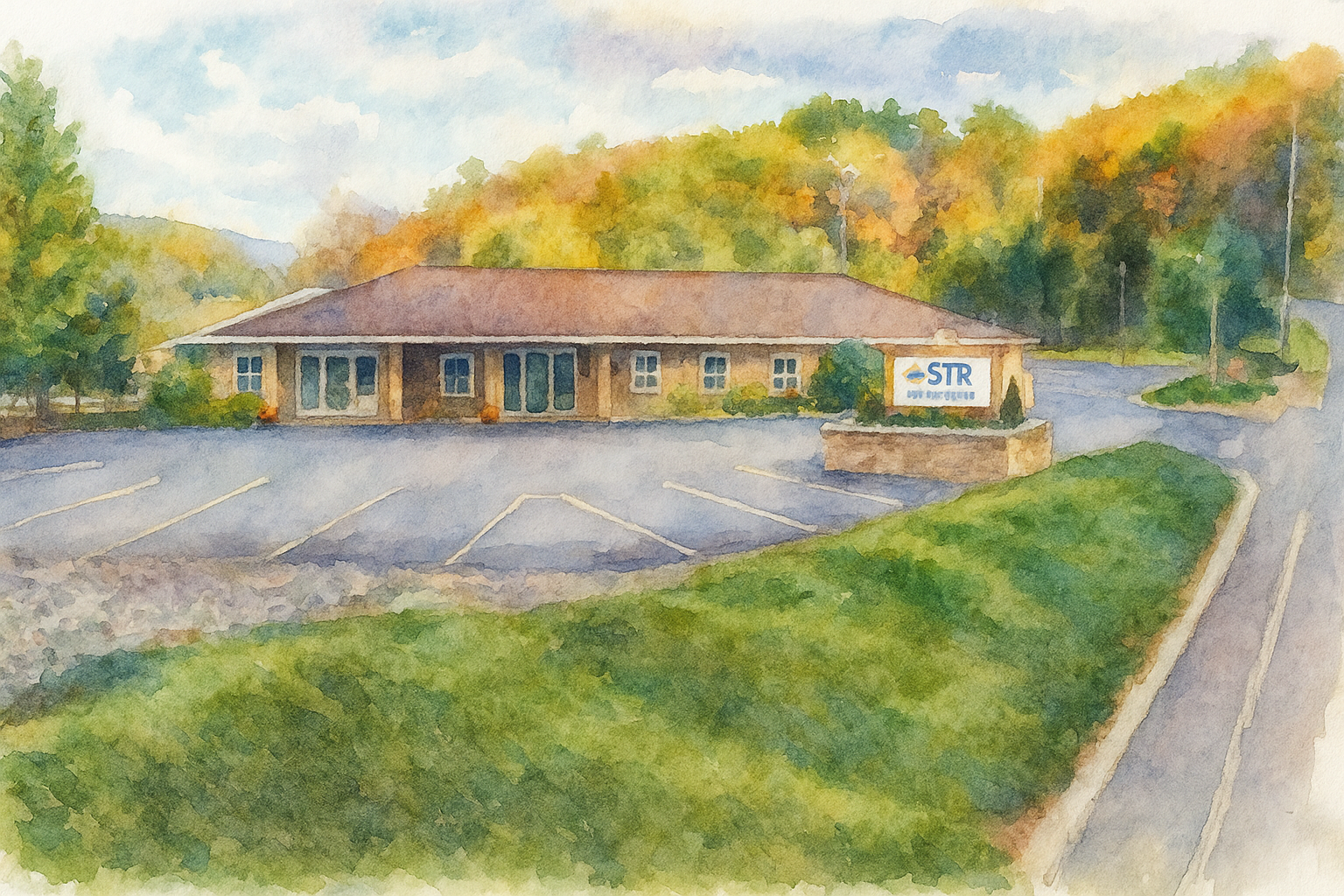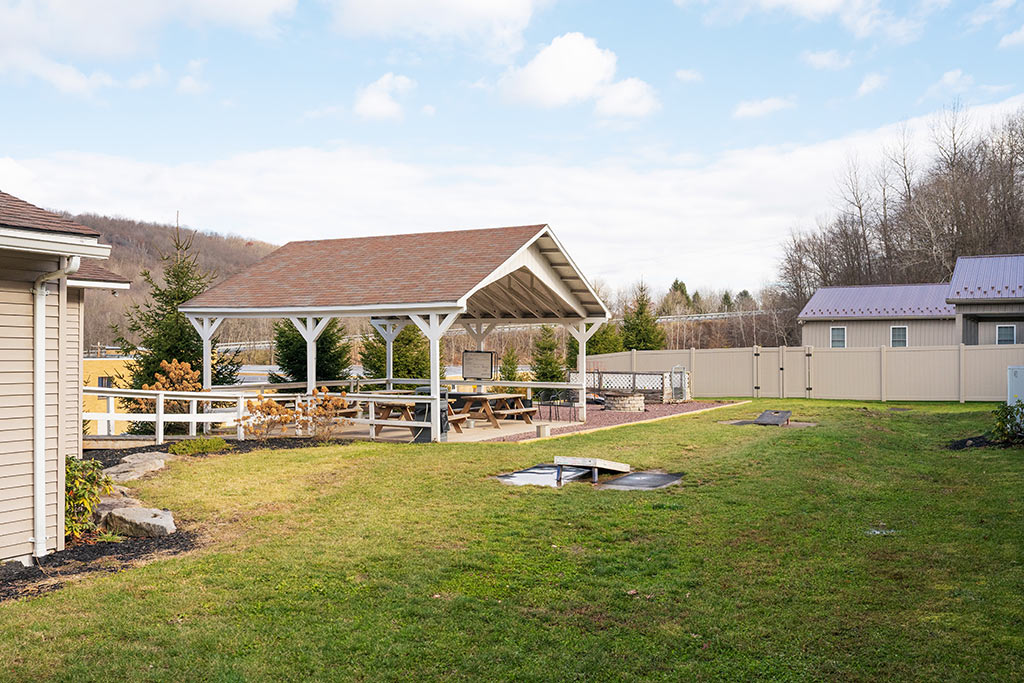It’s easy — and unfortunately common — for society to view addiction through a lens of blame and judgment. People often think, “Why can’t they just stop?” or “If they really cared, they’d quit.” But decades of research in neuroscience and psychology show that substance use disorders are not a simple matter of willpower or making the right “choice”. They are complex, chronic brain diseases that gradually unfold over time, moving through predictable stages.
By learning about the stages of addiction, you can better understand what you or your loved one might be experiencing and how recovery can begin with knowledge and compassion.
The 5 Stages of Addiction
Researchers and mental health professionals often describe addiction as a chronic, relapsing condition that develops progressively. While each individual’s journey is unique, the stages of addiction typically follow this pattern:
Stage 1: Experimentation
Every journey begins somewhere. For many, that first step is voluntary: trying alcohol at a party, accepting prescription medication for pain, or experimenting with drugs out of curiosity. At this point, there is choice and agency, and most people who try drugs or alcohol don’t develop a problem.
But for some individuals, early substance use sets off a chain of changes in the brain that make it much harder to stop later on.
Stage 2: Regular or social use
In this stage, an individual has moved beyond experimenting with drugs or alcohol into using them regularly, even frequently, often in social situations, for relaxation, or as a way to cope with stress or boredom. This pattern often stays purely social or occasional. However, for some, repeated use begins to alter how the brain’s reward system functions.
With repeated exposure to substances, the brain strengthens connections between substances and the good feelings that follow. This is called reinforcement learning; the brain learns that certain cues (like stress or social settings) predict reward.
The brain begins to associate certain places, people, or emotions with substances. Because this stage often looks normal (having a few drinks with friends or doing drugs at a party), it can be easy to overlook the early signs that casual use is becoming a pattern.
Stage 3: Risky use + problematic patterns
When an individual reaches this stage of addiction, their alcohol or drug use starts to create clear risks for their health, safety, or well-being, though they may not yet see or fully acknowledge the damage being done.
This stage is when occasional drug or alcohol use shifts toward behaviors that can cause significant consequences. Examples of these behaviors include drinking and driving, consuming more of a substance than intended, mixing substances (combining alcohol with opioids, for instance), or using drugs or alcohol in unsafe situations, such as at school, work, or while caring for children.
At this stage, the brain itself changes. As use becomes more frequent or risky, the prefrontal cortex (the area of the brain responsible for judgment, decision-making, and impulse control) starts to be affected. Studies show that repeated substance use weakens this region’s ability to say “no” or weigh the long-term consequences of behavior.
Meanwhile, cue reactivity grows stronger. This means things that remind the brain of the substance — a bar, a smell, a feeling — can trigger intense cravings, pulling the individual back into using, even if they desperately want to stop.
Stage 4: Dependence
With regular, heavy use, the body and brain adapt to the substance. This is called physical dependence. An individual may need more alcohol or drugs to feel the same effect (tolerance). If they abruptly try to stop using, they may experience withdrawal symptoms — physical and mental discomfort that can range from mild to severe.
Withdrawal symptoms vary depending on the type of substance:
- Alcohol – tremors, sweating, anxiety, nausea, insomnia, seizures (in severe cases)
- Opioids – muscle aches, chills, vomiting, diarrhea, intense cravings
- Stimulants – fatigue, depression, sleep problems
At this point, using the substance is no longer just about feeling good — it’s about avoiding feeling bad. This is because the body now relies on the substance to function “normally.” Withdrawal symptoms can make stopping without help very difficult and sometimes dangerous, which is why medical detox is often necessary when an individual is trying to get sober.
Stage 5: Addiction
Addiction is the final stage, defined by a loss of control. An individual continues the substance use despite harmful consequences to their health, relationships, career, or finances. In full addiction or substance use disorder, the brain’s reward, memory, and control circuits are deeply altered.
In this stage, substance use is no longer about choice — it’s driven by brain changes that affect judgment, motivation, and self-control.
- The reward system is hypersensitive to the substance and related cues.
- The amygdala, which processes stress and emotion, fuels cravings and anxiety when the person can’t use.
- The prefrontal cortex loses power to resist urges, even when the individual wants to quit.
These changes mean that addiction is no longer about getting high or drunk for pleasure. It’s about needing the substance to function and avoid intense distress and potentially dangerous withdrawal symptoms. This is why individuals with addiction can’t “just stop”.
A Disease, Not a Choice
It’s important to remember that nobody chooses to develop an addiction. While the first use may be voluntary, no one chooses the brain changes that follow, just as no one chooses to have diabetes or asthma.
The American Medical Association and the National Institute on Drug Abuse classify addiction as a chronic, relapsing brain disease. It alters how the brain functions and often necessitates ongoing treatment and support, similar to other chronic illnesses.
Recovery from substance use disorder or alcohol use disorder is possible at every stage. Treatment can include medical detox, residential rehab, medication-assisted treatment to help balance brain chemistry, peer and community support groups, and ongoing outpatient therapy.
Individuals struggling with addiction deserve support, not shame. Judgment and stigma only make it harder to admit there’s a problem and seek help. Compassion, evidence-based treatment, and a supportive community can break down those barriers and make healing possible.
STR Behavioral Health Silver Pines is a Joint Commission-accredited detox center and rehabilitation center specializing in drug and alcohol addiction treatment.
No matter where you are in your recovery journey, we’re here to help you move forward.






